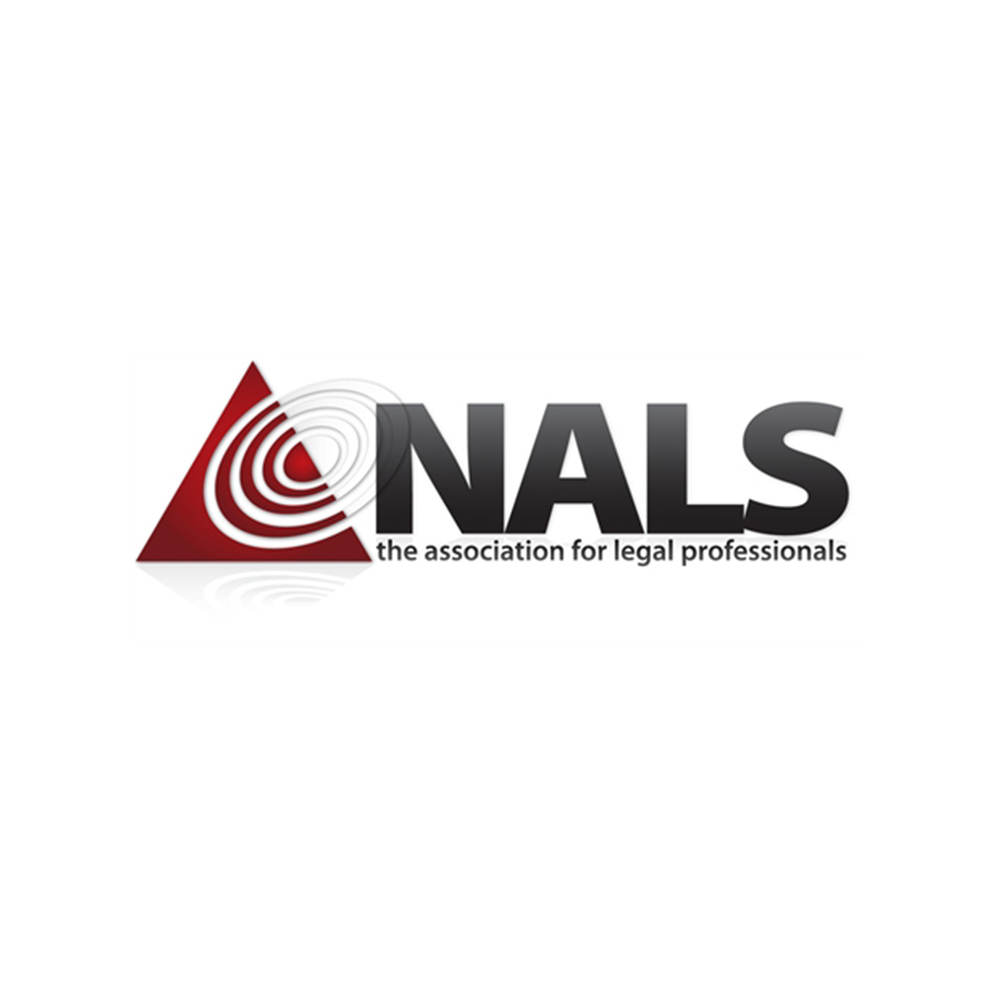SITREP Technique: A Game-Changer for Effective Business Communication
The SITREP technique (Situation Report) provides a powerful communication tool that allows leaders to make faster, well-informed decisions with purpose-driven status reporting.
Leaders often share with me that one of their top frustrations, when presented with decisions or updates on projects within their organization, is that they are provided a lot of data without a lot of understanding. I call this “context.”
This article explores a technique called SITREP, which addresses that challenge head on. The key is to not just provide not just data, but also to convey meaning.
You may know I’m a military buff, and that is what initially drew me to SITREP. This strategy first saw extensive use with the military during World War II. It focuses on meaning or context, in addition to the facts.
In this article, I explore the importance of SITREP, how it differs from a regular status report, and some best practices to enhance communication using this technique. You can also watch my SITREP video.
The Importance of SITREP
George Bernard Shaw once said, “The single biggest problem in communication is the illusion that it occurred.”
Many status reports fail to convey a clear understanding of the project’s current status, leaving leaders to piece together information like detectives. SITREP, however, provides a concise, direct, and purpose-driven snapshot of the situation, enabling readers to grasp critical information quickly.
The Difference Between the SITREP Technique and a Status Report
Traditional status reports have become mundane checklists, lacking context and meaning. They assume that readers understand the project’s intricacies and jargon, leading to potential misinterpretations.
In contrast, SITREP should be written with a multi-dimensional awareness considering:
Customer awareness – what the customer (internal or external) wants to know.
Situational awareness – what your boss or organizational leadership wants to know. A helpful hint is to report for two levels above you.
Internal awareness – what your team or department must know to work effectively.
It’s ideal for project teams, department teams, or multi-disciplinary teams.
Elements of an Effective SITREP
A well-written SITREP contains four essential headers:
Situation to Date: This section provides crucial context and background information, helping the reader understand the current state of the project or effort.
Actions to Date: Here, the completed tasks or milestones are listed, giving a clear picture of what has been accomplished.
Actions to Be Completed: This outlines the upcoming tasks or deliverables, enabling the reader to anticipate future milestones.
Issues, Risks, or Decisions Needed: This section highlights any challenges, risks, or decisions that require attention, ensuring transparency and timely action.
Best Practices for SITREP
To make SITREPs more effective and impactful, consider implementing the following best practices:
- Information in the SITREP should be factual and largely without interpretation and conjecture.
- The information in a SITREP should cover the period between the last SITREP and the next SITREP.
- SITREPs should be brief and not a narrative. Each SITREP gives the status of a project in a format that takes 2-3 minutes to communicate verbally, and 3-5 minutes to read if written. A report should be used for the provision of more detailed information.
- SITREPs should be specific for a given functional area, and not present information that is outside the specific functional area.
- It is acceptable for a SITREP to be issued that states, “No change since the last SITREP (see the last SITREP for information).”
- A map and other graphics can be part of a SITREP – ensure date/time of the graphic is shown on it, and there is a reference to the graphics and the SITREP.
- Each electronically produced SITREP should be saved as a new file, and all saved to the same folder.
A Valuable Tool for Communication and Decision-Making
The SITREP technique is a valuable tool for improving business communication and decision-making. By providing meaningful and concise updates, SITREPs offer leaders a clear understanding of the current situation, enabling them to make informed choices.
Following best practices ensures that SITREPs remain effective, preventing misinterpretation and fostering transparency and collaboration. So, next time you are preparing a project update, consider using the SITREP technique to convey your message succinctly and effectively.
This is part of my Lead for Tomorrow portfolio of PowerPlays™ to help you lead through uncertainty.
TRANSFORM DISRUPTION INTO OPPORTUNITY
Tap into leadership methods and tools like the SITREP technique for better organizational performance. Contact me to learn about my keynote speaking, executive coaching, and facilitation services.























